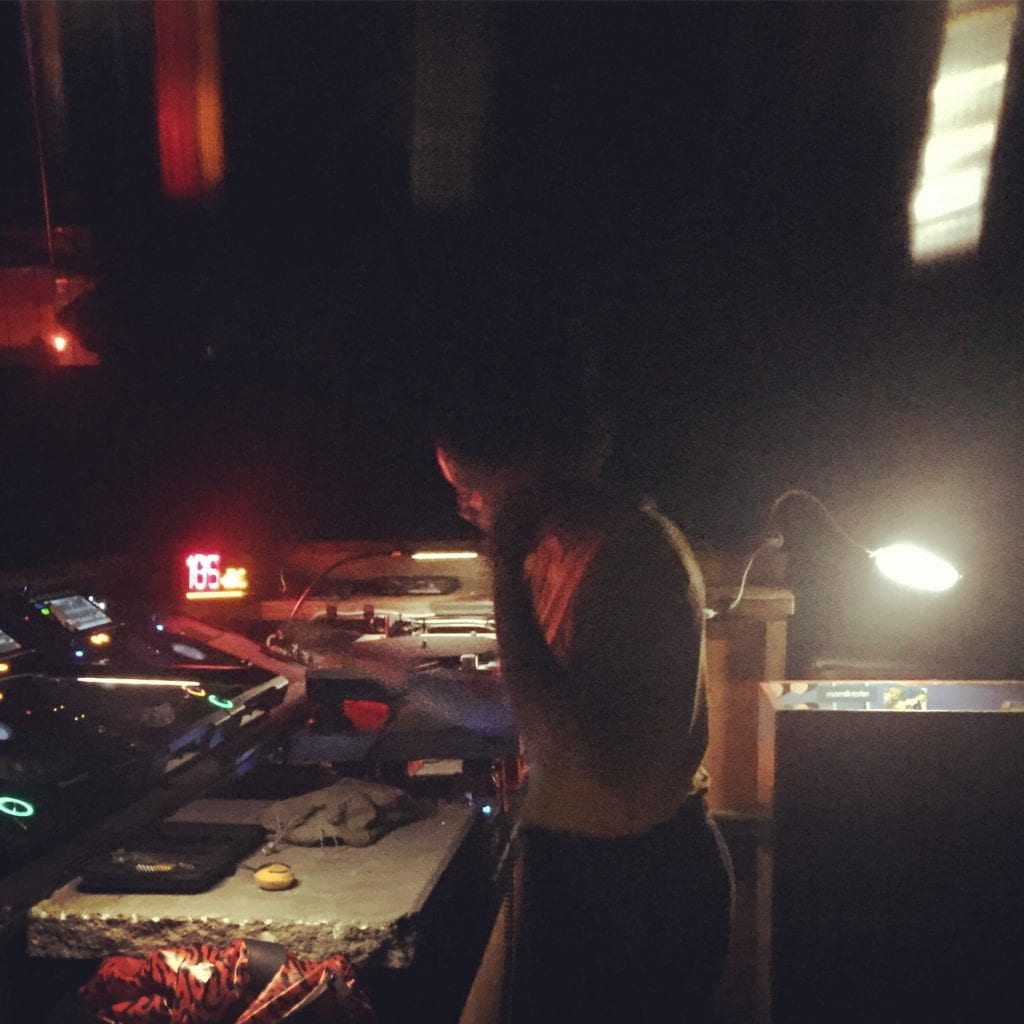What is Critical Sonic Practice?
Critical Sonic Practice: An intersectional approach to electronic music theory and composition
MARL (Music and Audio Research Lab) Talk Extract
Text by Dr Leila Adu-Gilmore, NYU, March 14, 2019
Critical sonic practice, takes a lens of curiosity, revealing the perplexingly private, ritualistic, yet collaborative, practical and pragmatic music studio, as well as the recording as a conceptual space for virtual composition…
I’ll define the term “critical sonic practice,” which is derived from Jane Rendell’s architectural term “critical spatial practice.” Rendell states “critical spatial practice – a term which serves to describe both everyday activities and creative practices which seek to resist the dominant social order of global corporate capitalism.” Rendell (2009) continues to define that:
Critical theories aim neither to prove a hypothesis nor prescribe a particular methodology or solution to a problem; instead, in a myriad of differing ways critical theorists offer self-reflective modes of thought that seek to change the world, or at least the world in which the inequalities of market capitalism, as well as patriarchal and colonial (or post-colonial) interests, continue to dominate. I extend the term ‘critical theory’ to include the work of later theorists –poststructuralists, postcolonialists, feminists and others – whose thinking is also self critical and desirous of social change. (p. 3)
The “spatial” of “critical spatial practice” refers to critically engaging in art outside the gallery, in urban and public architectural spaces. When we talk about “critical sonic practice,” the sonic spaces for investigation could refer to the music performance, whether that is a physical stage, or a recorded medium. Applied to the field of academic music, the concert hall stage, and the classical album release are the sonic spheres of the traditional “great composers.” Both of these are ostensibly ‘public spaces,’ and, which are the traditionally studied sphere of the composer-theorist and the canon of the ‘great composers’ along with the classical score. Nevertheless, these sonic spaces exclude the music in the margins, specifically Indigenous music and the music of people of colour in both the global south and global north more generally. So, this critical sonic practice takes a critical lens of curiosity to the inverse setting placing importance on the improvised in the continuum of improvisation and composition within the private, secret, ritualistic, yet practical and pragmatic music studio in both spatial and sonic conceptual terms, as well as the recording as a virtual, conceptual, and sonic space.
Reference
Rendell, J. (2009, June). Critical Spatial Practice. Retrieved from http://www.janerendell.co.uk/wp-content/uploads/2009/06/critical-spatial-practice.pdf

rRoxymore, Good Room, New York, 2019 (Photo: Adu-Gilmore)